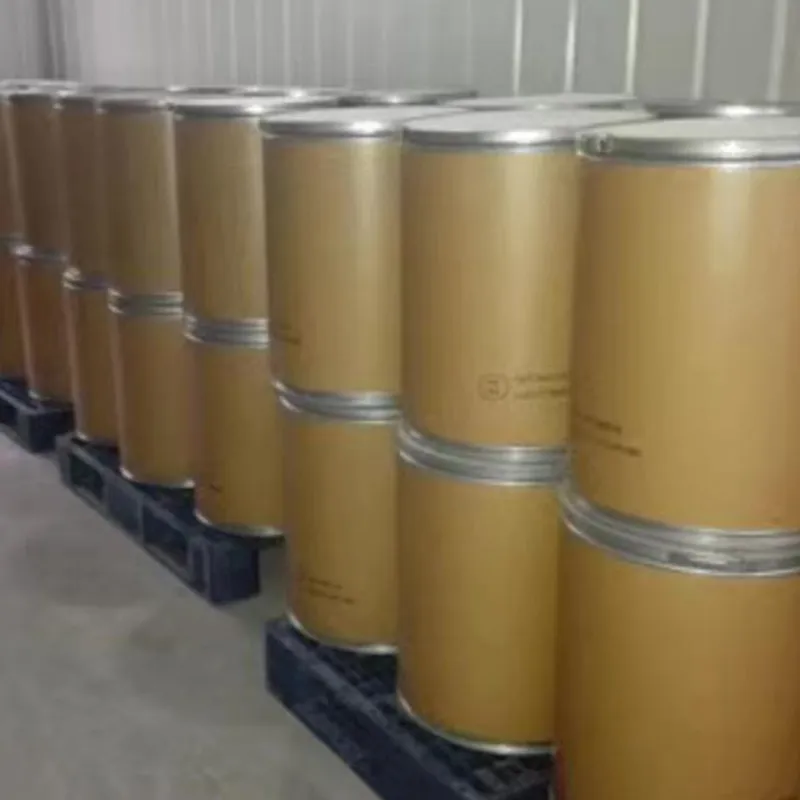
Citric Acid's Role in Enhancing Food Shelf Life and Preservation Methods
Citric Acid as a Food Preservative
Citric acid, a weak organic acid, has gained recognition as an essential food preservative due to its natural origins and multiple beneficial properties
. Found naturally in citrus fruits such as lemons, limes, and oranges, citric acid plays several crucial roles in food preservation, enhancing shelf life and maintaining food safety.One of the primary functions of citric acid in food preservation is its ability to lower pH levels. By acidifying food products, citric acid creates an inhospitable environment for the growth of pathogenic bacteria, yeast, and molds. This is particularly important in the preservation of acidic foods such as pickles, sauces, and beverages. The lower pH not only inhibits microbial growth but also contributes to the overall flavor profile, adding a sharp, tangy taste that many consumers enjoy.
In addition to its antimicrobial properties, citric acid serves as an effective antioxidant. It can help prevent oxidation, a process that leads to spoilage and degradation of food quality. Oxidation can cause undesirable flavors and colors in food products, particularly in fats and oils. By acting as a chelating agent, citric acid binds with metal ions that catalyze oxidation reactions, thus prolonging the freshness and aesthetic appeal of various food items. This property is especially valuable in the preservation of processed foods, ensuring they remain visually appealing and flavorful over time.
citric acid as food preservative

Citric acid also plays a significant role in the flavor enhancement and overall product stability. As a natural flavoring agent, it can balance sweetness and reduce bitterness in foods, making products more palatable. Its use in beverages, for instance, not only boosts flavor but also contributes to a refreshing taste that complements the overall drinking experience.
Furthermore, the versatility of citric acid allows it to be used in a wide array of food products, including canned vegetables, frozen goods, and baked items. Its ability to dissolve minerals can also help in preventing the cloudiness often seen in bottled beverages, thereby improving their clarity and market appeal.
Despite its many advantages, the use of citric acid as a food preservative is not without its considerations. Some individuals may be sensitive to citric acid, resulting in allergic reactions or intolerances. However, the general consensus in the food industry is that citric acid, particularly when sourced from natural origins, is safe for human consumption.
In conclusion, citric acid stands out as a valuable food preservative owing to its antimicrobial, antioxidant, and flavor-enhancing properties. As consumers increasingly seek natural and safe food preservation methods, citric acid is likely to remain a staple ingredient in food processing. Its ability to extend shelf life while enhancing taste and maintaining food quality aligns perfectly with modern dietary preferences and safety standards, making it an indispensable component of food preservation today.
-
Pure Sodium Dichloroisocyanurate Dihydrate | Powerful DisinfectantNewsAug.29,2025
-
Industrial Chemicals: Quality & Purity for Every IndustryNewsAug.28,2025
-
Nitrile Rubber Honoring Strict Production StandardsNewsAug.22,2025
-
Aspartame Ingredients Honoring Food Safety ValuesNewsAug.22,2025
-
Fertilizer for Balanced Plant NutritionNewsAug.22,2025
-
Cyanide Gold Processing with High Purity AdditivesNewsAug.22,2025
-
Formic Acid in Textile Dyeing ApplicationsNewsAug.22,2025
Hebei Tenger Chemical Technology Co., Ltd. focuses on the chemical industry and is committed to the export service of chemical raw materials.
-

view more DiethanolisopropanolamineIn the ever-growing field of chemical solutions, diethanolisopropanolamine (DEIPA) stands out as a versatile and important compound. Due to its unique chemical structure and properties, DEIPA is of interest to various industries including construction, personal care, and agriculture. -

view more TriisopropanolamineTriisopropanolamine (TIPA) alkanol amine substance, is a kind of alcohol amine compound with amino and alcohol hydroxyl, and because of its molecules contains both amino and hydroxyl. -

view more Tetramethyl Thiuram DisulfideTetramethyl thiuram disulfide, also known as TMTD, is a white to light-yellow powder with a distinct sulfur-like odor. It is soluble in organic solvents such as benzene, acetone, and ethyl acetate, making it highly versatile for use in different formulations. TMTD is known for its excellent vulcanization acceleration properties, which makes it a key ingredient in the production of rubber products. Additionally, it acts as an effective fungicide and bactericide, making it valuable in agricultural applications. Its high purity and stability ensure consistent performance, making it a preferred choice for manufacturers across various industries.





